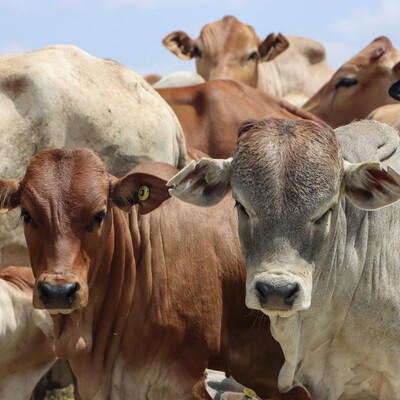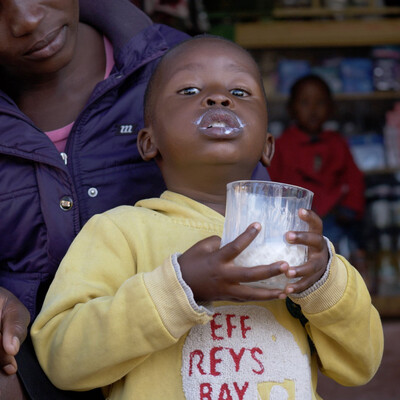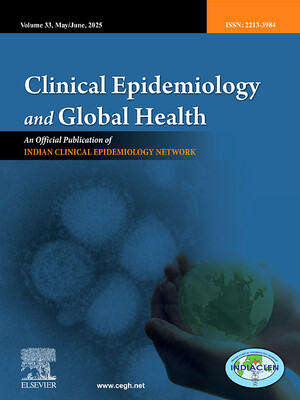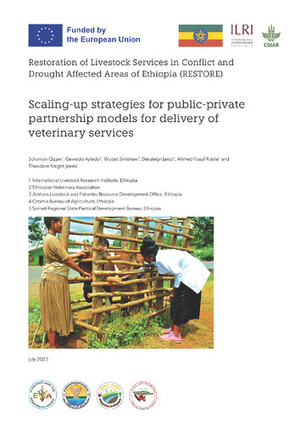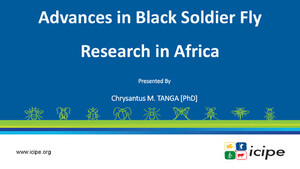
Could bird flu be the next global pandemic?
As the world’s attention is fixed on COVID-19, an avian influenza (bird flu) outbreak has spread across multiple continents in recent weeks.
At least 75% of new human diseases emerge from animals. Animal disease experts have warned that the escalating cases of bird flu pose a threat to public health worldwide.
There is little we can do to control bird flu in wild birds, but we can limit the disease spreading from domestic poultry to humans. Despite a widespread outbreak of disease in poultry, there has only been one human case of avian influenza in the United Kingdom (UK) so far. The UK government has effectively been combatting the disease with clear communications to farmers and robust biosecurity measures. But this is because the UK has the resources and systems to do so.
Chronic underinvestment in animal health systems in many parts of the world means that bird flu may go undetected and uncontrolled. Millions of domestic birds will have to be killed, resulting in economic losses for small scale farmers who depend on animals for their livelihoods. Or, where there is no compensation for farmers, diseased birds will not be reported and will continue to be traded and moved around the country. To recoup potential losses, people may kill and eat sick birds – which is a risk to human health.
Already, 456 people have died since 2003. In the years after World War One an estimated 100 million people died from avian influenza that jumped to humans. Pandemics do not always disappear and sometimes just go into hiding.
Avian flu is a fast evolving disease. Epidemiologists are already concerned that the rise in human cases in some countries could lead to more fast-changing variants. People, animals and the environment are deeply connected. COVID-19 has shown that no country is safe until all countries are safe. This year, governments and the World Health Organization (WHO) will negotiate a historic treaty to protect the world from future pandemics. Governments need to recognise the urgent need to prevent pandemics at their source. The solution is investing in weak animal health systems in low- and middle-income countries.
More veterinary services will enable us to detect and stop viruses to protect people and animals around the world. This means more well-trained veterinary professionals with access to quality medicines and vaccines in the remotest parts of the world. Better disease surveillance and data sharing across countries will help scientists see the full picture of constantly mutating viruses and respond before it’s too late.
Last year, the G7 and G20 states committed to the transformative One Health approach, which recognises the interconnections between human, environmental and animal health. Without investment in animal health services, governments will fail to effectively implement One Health and achieve the Sustainable Development Goals.
Klara Saville is head of global animal health at Brooke and Delia Grace Randolph is professor of food safety systems at the Natural Resources Institute of the University of Greenwich and joint-appointed scientist at the International Livestock Research Institute.
Photo credit: Vaccinating chicks in Thuy Phuong province, Vietnam (ILRI/Nguyen Ngoc Huyen)







